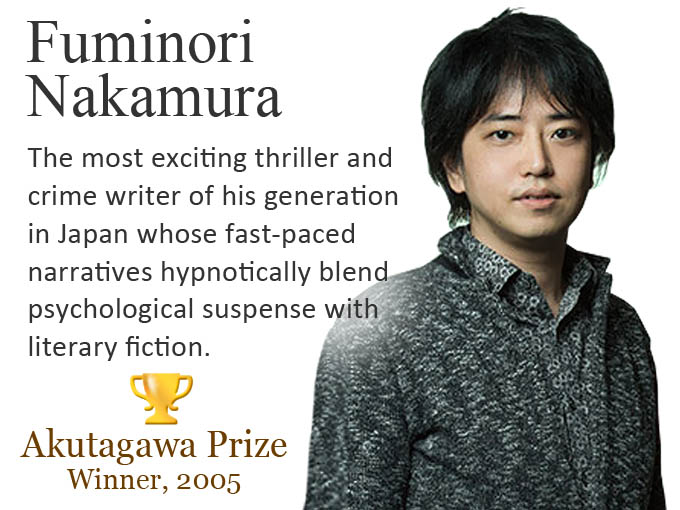- Culture
Japan’s most important library, The National Diet Library, serves Library Curry in its canteen[UPDATED: 8-19-2019]
Japan’s National Diet Library (NDL), founded in 1948, is the library of Japan’s parliament, The National Diet (Kokkai), and the nation’s national library. It is not only one of the most important libraries in Japan, but also one of the largest libraries in the world.
It was set up to assist members of Japan’s parliament with research and policy-making and now has a similar function as the Library of Congress and the British Library.
It functions as a national deposit library and copies of all books published in Japan can be found within its collection of books. The motto: ‘The Firm Conviction that Truth Makes Us Free’ is engraved in Japanese and Greek in the hall of its main building in Tokyo.
Within the library’s large collection Japan’s oldest surviving cookbook can be found, published in 1643, as well as many historically important books about Japan’s early culinary exchanges with other countries and cultures.
This includes a book by Robun Kanagaki (1829-1894), a well-known author and journalist, that contains the first recipe in Japanese for making curry, published in 1872.
Curry-rice, now a very popular Japanese dish, has not just found its way into the pages of the National Diet Library’s collection of around 10 million books. It also appears as Library Curry –the signature dish of the 4thfloor cafeteria of the library in Tokyo, which is located between the headquarters building of the Liberal Democratic Party of Japan (LDP) and the National Diet.
This popular beef curry served with rice and pickles costs 550 yen upwards depending on which version you order. Vouchers are purchased using a vending machine found next to a display of plastic models of all the dishes the cafeteria offers.
After handing over your voucher to kitchen staff, you are served the signature Library Curry, which has been reviewed positively by appreciative patrons of the library and its canteen on websites like Tripadvisor.
On average, just under 2,000 people visit the Tokyo library every day. Registration is required, but the library, which has published a newsletter in English on its services and collections since 1958, welcomes international visitors.
It’s not possible to estimate how many servings of curry are consumed on a typical day, but 9.9 billion servings of curry are reportedly served nationally each year in all its varied Japanese forms. This equates to 78 meals per person. In comparison, about 1 billion books, of which only about 640 million are actually purchased, are distributed annually in Japan.
This said, every year 1.5 million photocopies are made at the National Diet Library and 21 million individuals access the library’s website through which the cover of the book, The Expert on Western Cookery, containing Japan’s first recipe for curry-rice can be viewed.

